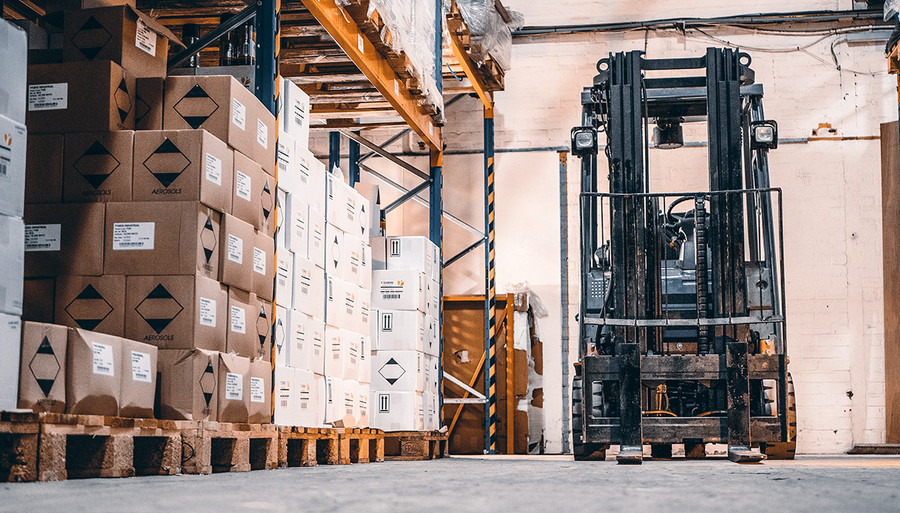How Should You Be Shipping Aerosols?
Aerosols can be dangerous if not treated correctly. We send out boxes, pallets, van loads, lorry loads of aerosols every day, but how do we ensure they are shipped the right way?
We share advice that we recommend you put in place if shipping aerosols. There are pages and pages of regulations and overloading information if you google this topic, so continue reading as we break this down into simple, understandable steps.
Firstly, are aerosols classed as dangerous goods?
Short answer? Yes! Compressed gas makes these cans hazardous or even flammable in certain conditions. As well as this, the actual solution itself can be potentially toxic. If aerosols aren’t packaged correctly, there's the risk of fire or combustion, and ultimately damaging other goods too.
With this risk in mind, couriers accept what's known as a limited quantity. This is a small quantity of hazardous material or the maximum quantity per inner article for transporting dangerous goods. These limited quantities are identified by this icon on the outer.

The Limited Quantity Label (or LQ mark) indicates that the package contains dangerous goods, packaged in accordance with the Limited Quantity exemption.
You can ship aerosols or sprays that fall under the UN 1950 and UN1956 regs - these are classifications of dangerous goods regulations and it's part of the shipper's responsibility to adhere to them.
So, what are our recommendations for packing?
- Keep cans in secure rows, filling the gaps with inner packaging
- Robust outer packaging with appropriate labels (flammable, limited quantity, corrosive, poisonous)
- Ship with a lid, protection for the nozzle and leakage for each can
- Use an authorised courier
Shipping internationally is quite complicated when it comes to aerosols - many carriers do not accept it, especially if it is air freight.
For sending overseas, paperwork is a vital part of the process. For instance, regulations like ADR, ICAO and IATA; should be completed before shipping alongside commercial invoices and delivery goods notes. IATA forms are available online for download, and you should be able to state everything about the goods from weight, cost, size etc. These also declare that the shipment has been labelled, packed and declared according to the IATA regs.
The following details should be included on the shipper’s declaration:
- Address, contact details
- Shipping name
- Quantity
- UN Number & Class and Division (should be found on the SDS from your supplier
- Net weight of goods & Gross weight (total weight of shipment)
No matter what you need, we have a wide range of aerosols that are suitable for a myriad of applications. Browse our selection here, or get in touch with TEAM101!




